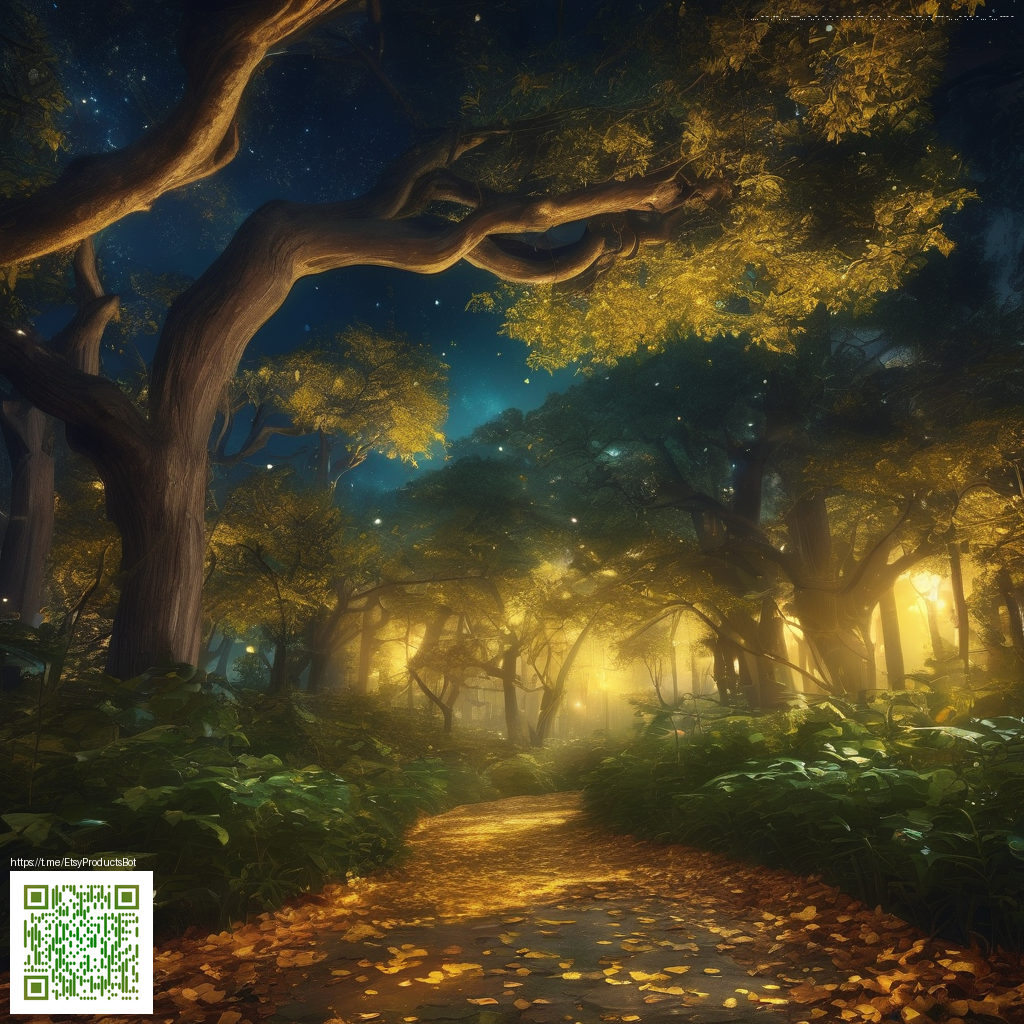
World Building in Planet Zoo Crafting Realistic Habitats
In Planet Zoo the heart of the experience rests on the tiny details that make an enclosure feel alive. The art of world building here goes beyond eye catching scenery it is a blueprint for animal welfare guest delight and repeated exploration. Players chase authenticity by shaping terrain layering vegetation and introducing water features that mimic real life biomes. This approach not only elevates visuals but also drives meaningful gameplay where animals respond to space enrichment and climate cues.
Realism starts with space. Habitat size influences the range of behaviors that appear in code and in your park audience. Larger spaces encourage roaming behaviors and opportunity for social dynamics while compact plots demand clever zoning to avoid crowding and stress. The discipline of planning includes considering shelter access shade microclimates and hidden pathways that allow keepers to monitor welfare without intruding on the animals world. Small touches such as basking rocks hidden crevices and varied foliage deliver depth that players can feel as they walk through a habitat.
Foundations of realism
Terrain sculpting remains a cornerstone of authenticity. Gentle hills carved into landscapes with natural slopes create routes that animals prefer and guests can traverse without breaking immersion. Layered vegetation from tall canopies to low ground cover adds visual complexity while also shaping soundscapes that soothe or stimulate depending on species. Water works a supporting role water features serve as visual anchors and as behavioral cues that influence drinking rutting or play. The balance between water depth and edge vegetation matters for species that rely on shallow zones for feeding or wading.
Fencing and enclosure design carry practical weight. Transparent barriers allow clear lines of sight natural barriers reduce escape risks and maintain aesthetic clarity. In practice this means considering fence height texture and color to blend with the habitat while still providing a reliable boundary. A thoughtful layout guides visitors along meandering routes that intersect elevated viewing areas giving guests opportunities to observe behaviors up close without distressing the animals.
Tools and techniques for habitat crafting
Planet Zoo offers a robust toolkit that rewards patient iteration. Terrain painting lets builders reproduce soil moisture differences and seasonal color shifts. The terrain editor supports varied textures such as clay dirt sand and rocky surfaces that respond realistically to water flow and erosion. Tree placement matters not just for looks but for creature behavior; tall trunks can shield shy species while open glades invite more active displays. For water lovers the ability to model rivers ponds and cascades creates dynamic habitats that invite both animals and guests to linger longer.
Update coverage shows a continued emphasis on accessibility and nuance. Players note enhancements in vegetation variety new environmental enrichments and refined lighting that adds mood during different times of day. These updates expand the palette for builders giving them more ways to recreate realistic ecosystems while staying within the game’s performance envelope. The result is a playground where creativity syncs with ecological plausibility.
Community insights and shared knowledge
The community plays a starring role in evolving world building. Browsing Steam Workshop and fan forums reveals a treasure trove of blueprint packs and silhouette studies that demonstrate diverse biomes from jungle river systems to arid savannas. Builders learn by analyzing other players layouts noting what works for animal expression and guest pathways. The culture around sharing tips and feedback creates a feedback loop that pushes the entire ecosystem of builders forward.
Players often discuss how pet care and guest experience interplay with habitat design. A well crafted enclosure that respects animal needs tends to translate into calmer animals and more engaged visitors. This correlation strengthens the appeal of thoughtful layout choices and makes the practice of building feel like a living craft rather than a mere cosmetic exercise. It is this synergy that keeps the community active and curious.
Modding culture and workshop innovation
Modding and user generated content keep the game fresh long after the initial release. Community mods frequently tackle visual fidelity or introduce new vegetation packs and biomes that the base game only hints at. The workshop ecosystem fosters experimentation where creators test scale density and color palettes. As players exchange ideas the line between simulation and artistry blurs in delightful ways creating a shared language for habitat realism.
Developers have shown a consistent interest in listening to builders. The dialogue between frontier era updates and community reaction shapes how new tools are prioritized. This collaborative vibe rewards players who invest in experimentation and documentation. If you want to contribute to the ongoing conversation you can follow patch notes watch tutorials and try out fresh layouts shared by veterans of the craft.
Why world building matters for gameplay
Beyond aesthetics the careful design of habitats feeds directly into core gameplay loops. Animal welfare metrics improve when enclosures provide space enrichment complexity and appropriate microclimates. Guest satisfaction rises when paths are intuitive views are rewarding and habitats feel authentic. The interplay between aesthetics and function makes exploration gratifying and encourages players to iterate on layouts rather than settle for quick wins.
For newcomers the learning curve can be steep yet forgiving. Start with a simple biome that matches a familiar species and gradually layer in terrain variety and foliage. Pay attention to visitor flow allow for observation points and test how the environment affects animal behavior in real time. The payoff is a park that feels alive as you expand from a single exhibit to a diverse forest river or desert system.
Ultimately the craft of building realistic habitats in Planet Zoo is a blend of technical skill and artistic intuition. It invites players to imagine ecosystems as living stage sets where every rock placement and tree choice has a purpose. When you balance aesthetics with animal welfare and guest engagement you unlock a deeper form of play that rewards curiosity, patience and collaboration with the broader community 💠꩜🌑
Donate to support a decentralized internet